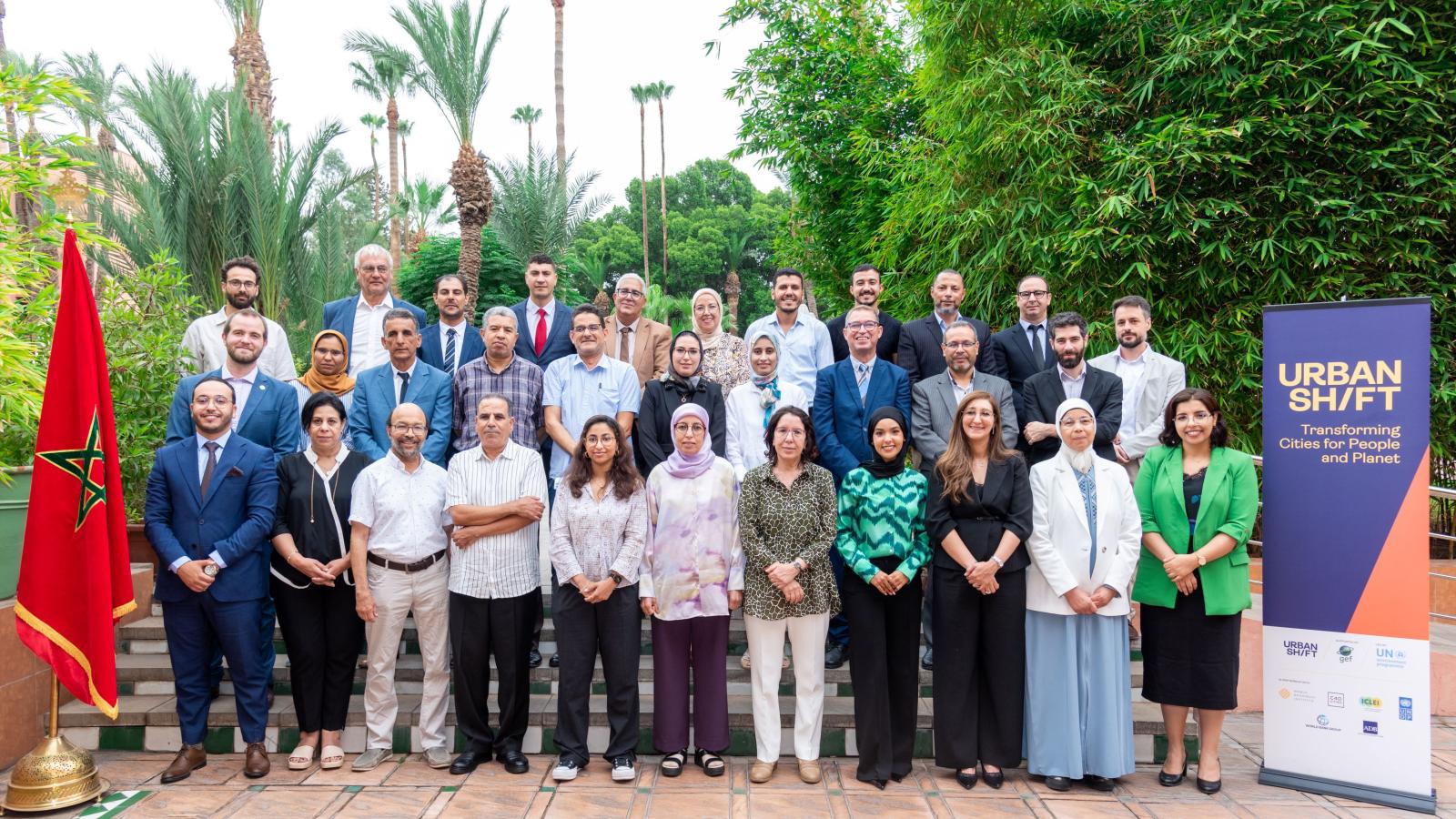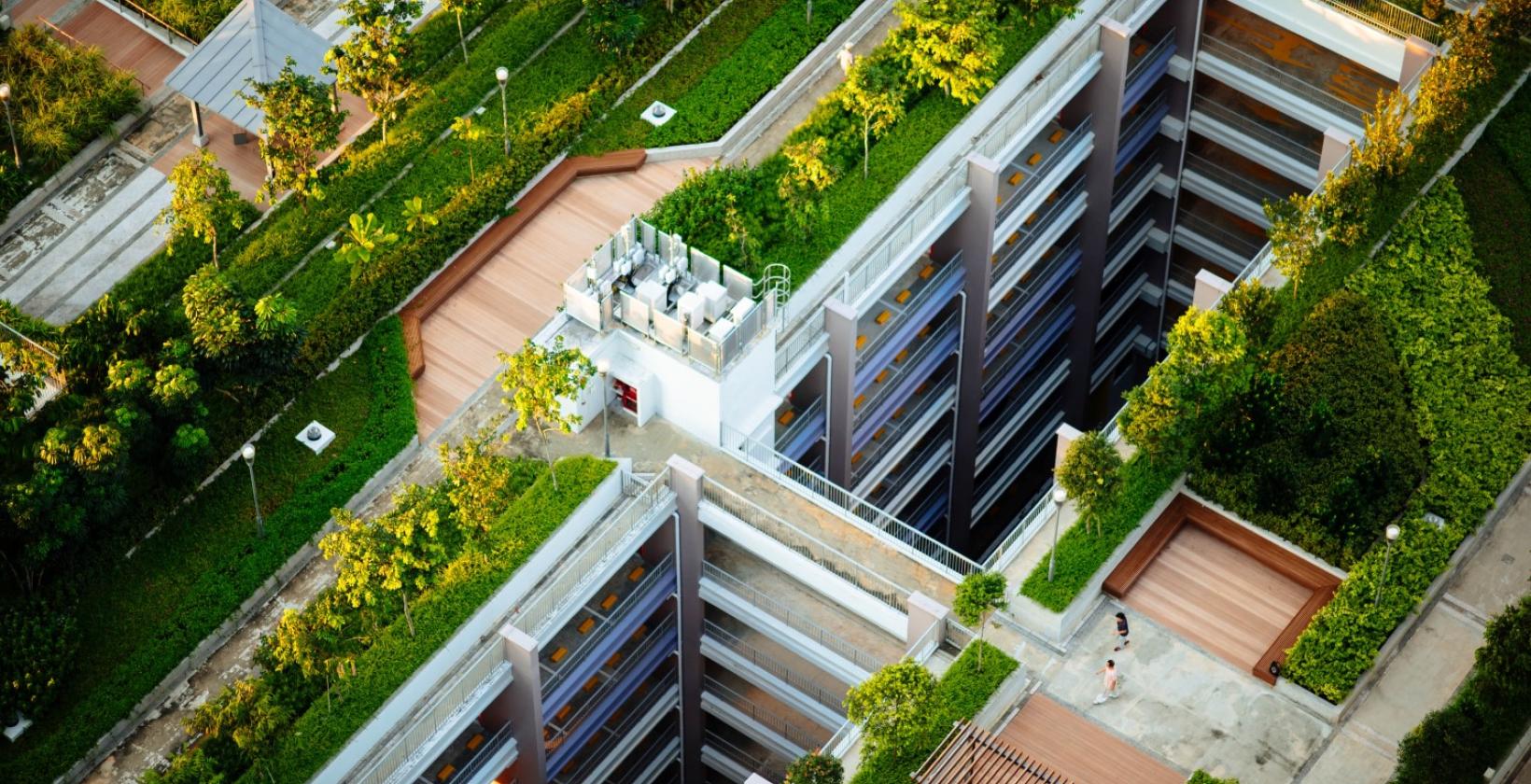实验室
URBANSHIFT 马拉喀什实验室:利用地理空间分析和指标确定绿地扩展的优先次序并加强城市 生物多样性
来自马拉喀什、阿加迪尔、贝尼梅拉勒、拉巴特和丹吉尔等城市、国家政府和其他利益相关方的代表参加了此次研讨会,以确定马拉喀什绿地扩展和生物多样性保护的优先次序。
UrbanShift 马拉喀什实验室是由World Resources Institute 与C40 Cities 、摩洛哥王国能源转型与可持续发展部、联合国开发计划署驻摩洛哥办事处和马拉喀什市政府合作举办的为期两天的研讨会,马拉喀什城市机构的专家和卡迪-阿亚德大学的研究人员提供了技术支持。
讲习班汇集了马拉喀什市的当地参与者以及摩洛哥其他城市(阿加迪尔、贝尼梅拉勒、拉巴特和丹吉尔)的代表,通过使用数据和地理空间分析技术,讨论马拉喀什的城市绿地规划、热量减缓和生物多样性保护问题。
马拉喀什实验室的目标是支持由Global Environment Facility 资助的 "马拉喀什可持续城市"(Marrakech Ville Durable)项目的土地恢复和城市生物多样性部分。该实验室的重点有两个方面:(1) 评估影响绿地可用性和使用权的一系列地理空间数据和变量,优先考虑在城市中扩大绿地的机会,以减缓城市热量并改善公平使用权;(2) 使用地理空间数据和指标来评估、监测和改善城市的生物多样性。
马拉喀什城市可持续发展项目的任务是恢复土地和提高城市生物多样性。马拉喀什实验室通过解决以下问题来支持这一目标的实现:
- 应优先考虑哪些绿地和公园,以最大限度地方便弱势群体使用?
- 城市绿地在哪些方面最有助于缓解当前的热风险?
- 加强城市生物多样性的机会有哪些?
- 城市可以使用哪些工具和指标来监测和评估生物多样性在一段时间内的改善情况?
下面是研讨会的议程、发言、练习、数据和照片。
了解更多
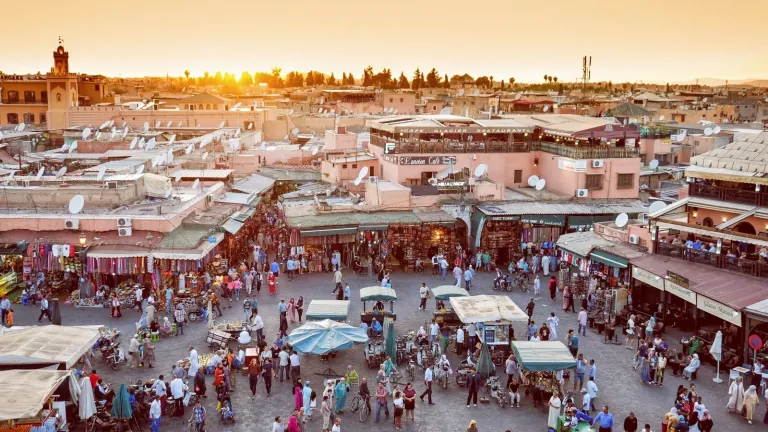
马拉喀什城市学院
2024 年 2 月,城市学院将重点关注城市生物多样性和获取城市气候融资。
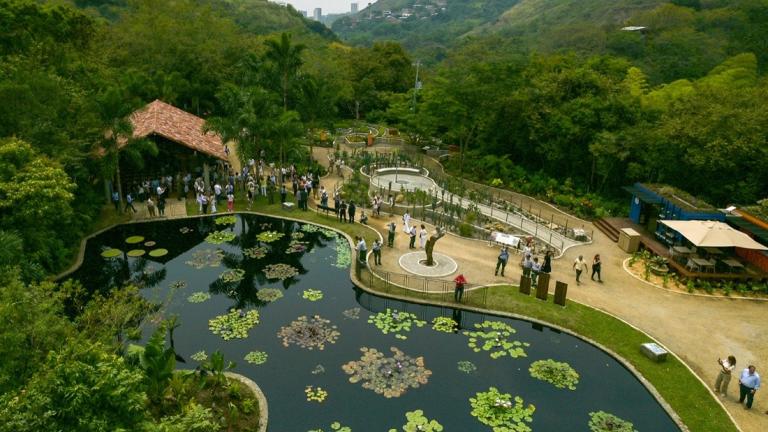
UrbanShift 生物多样性公约缔约方大会第十六届会议:从挫折到解决方案--城市如何在生物多样性方面发挥领导作用
本次活动借鉴了GEF 城市(包括UrbanShift 下的城市)和 GenerationRestoration 城市的经验,重点探讨了城市如何采取变革行动应对挑战,以及如何绕过变革的路障。
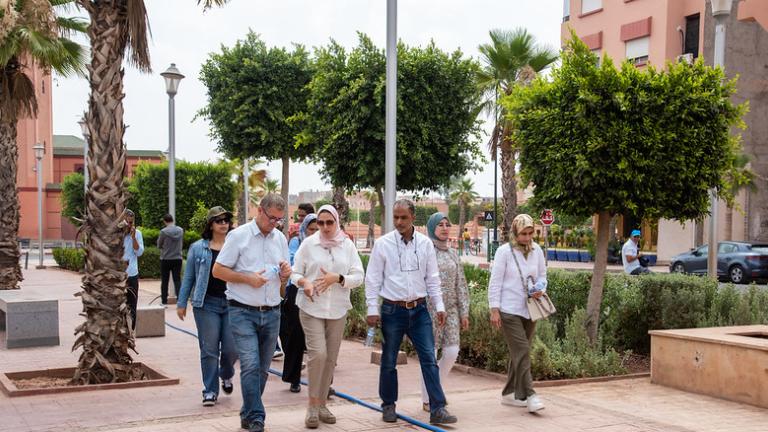
经历毁灭性地震后,马拉喀什计划以顽强的毅力重建家园
反思马拉喀什市如何在UrbanShift 的支持下,在提升城市品质和降低排放方面取得长足进步。
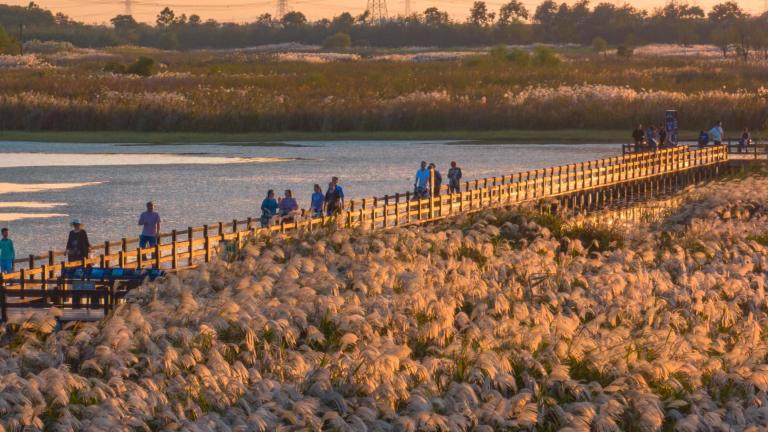
宁波 如何为可持续发展和旅游业铺平道路
随着杭州湾湿地公园的振兴,宁波 正在证明以生物多样性为重点的城市发展的价值。
